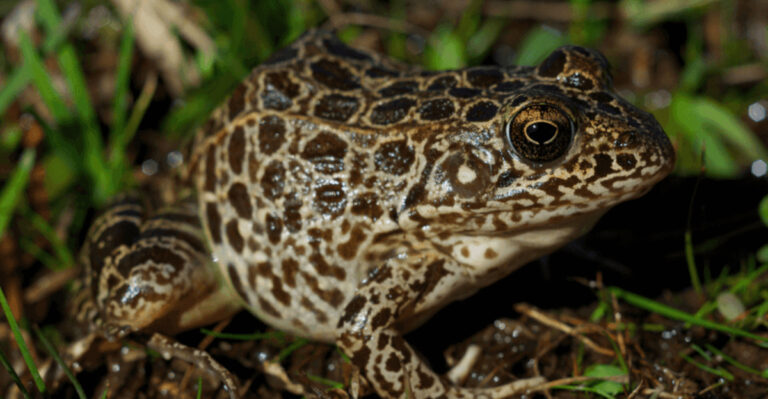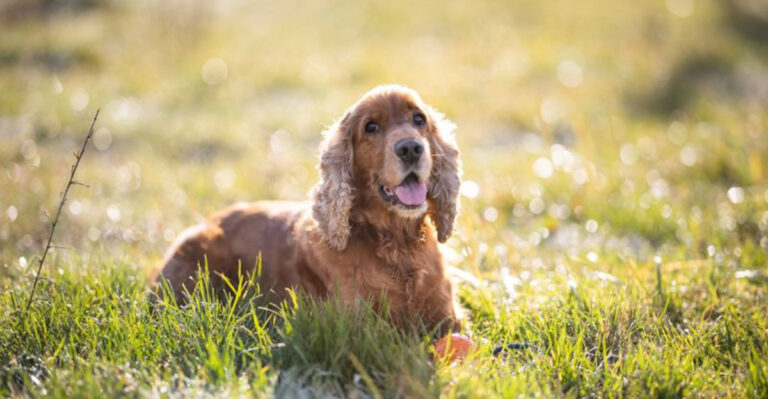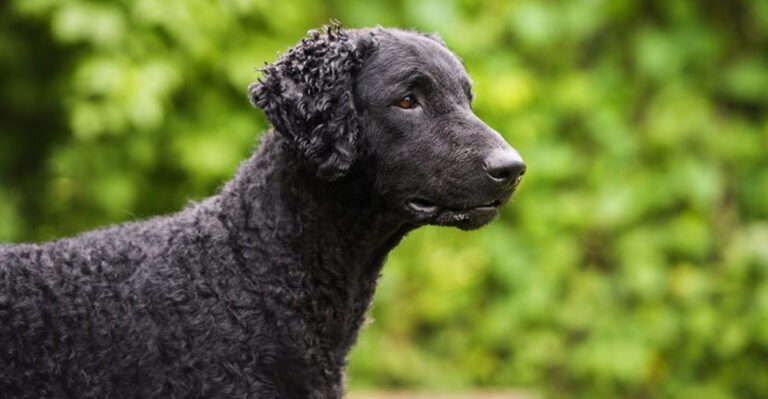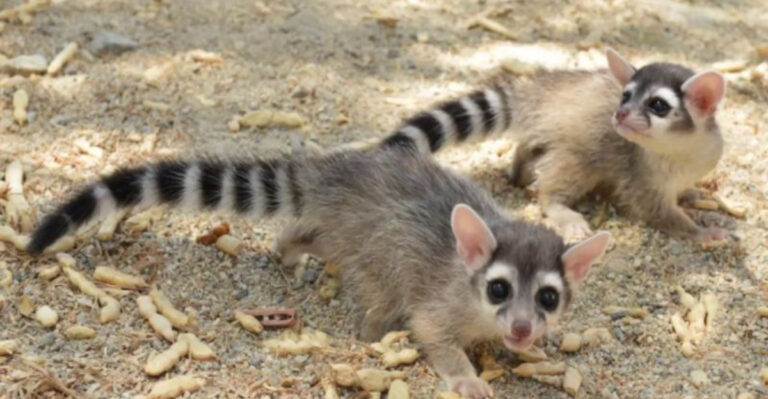13 Essential Facts About The Blue Heeler: The Australian Cattle Dog
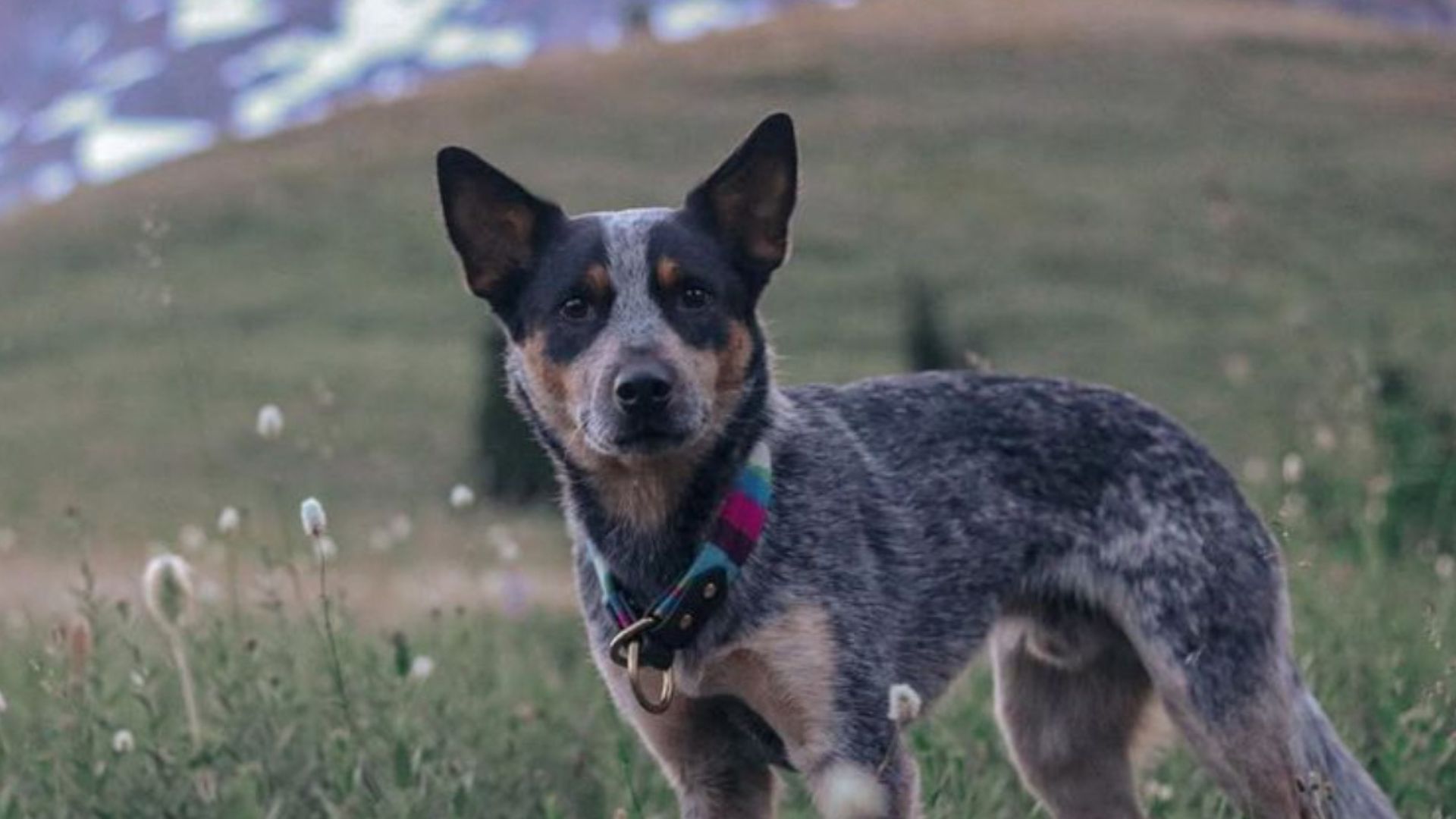
Smart, energetic, and always ready for action – Blue Heelers are the ultimate adventure buddies! These hardworking dogs aren’t just adorable; they’re fiercely loyal, incredibly intelligent, and packed with energy.
Whether they’re herding cattle, learning tricks, or staying one step ahead of their owners, they never fail to impress.
If you love a dog with brains, brawn, and boundless enthusiasm, get ready to learn some essential facts about the unstoppable Australian Cattle Dog!
1. Origin And History
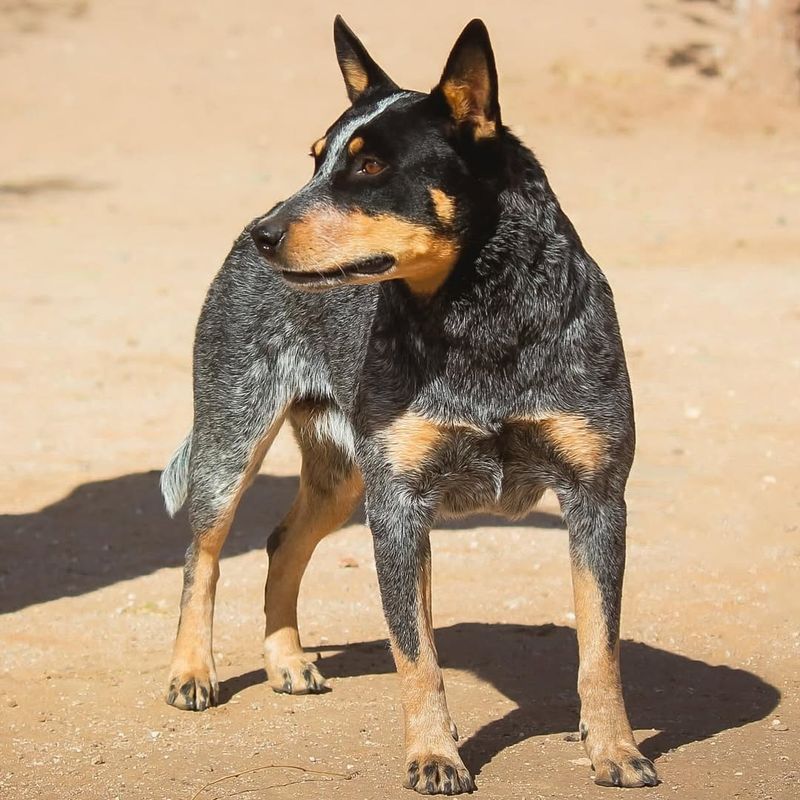
The Blue Heeler, or Australian Cattle Dog, boasts a rich history that traces back to 19th-century Australia. Ranchers needed an efficient herding dog that could withstand harsh climates and rugged terrain. Enter the Blue Heeler. Developed from crossing native Dingoes with Collies and other herding breeds, they emerged as resilient and tenacious workers.
Their early role was no walk in the park. These dogs were bred to tirelessly drive cattle across long distances. This necessity for stamina and durability shaped their strong work ethic and impressive problem-solving skills.
Today, Blue Heelers remain beloved for their historical roots and contributions to the cattle industry. Their legacy continues as they excel not only as working dogs but also as loyal companions. The breed’s historical journey from the Australian outback to modern households is a testament to their adaptability and perseverance.
2. Distinct Physical Traits
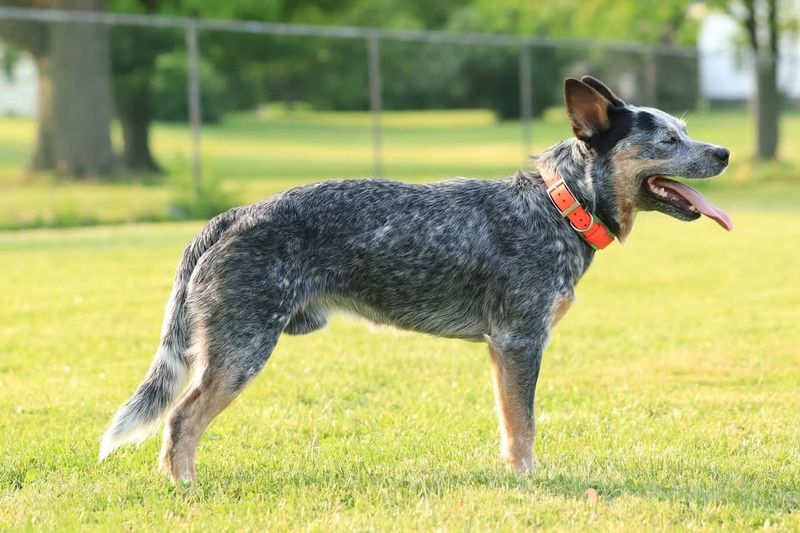
Blue Heelers are immediately recognizable thanks to their striking appearance. Their mottled blue or red coats, combined with a muscular build, give them a robust and agile look. Standing at approximately 17 to 20 inches tall at the shoulder, they pack a lot of strength into a medium-sized frame.
One standout feature is their alert, pricked ears, always ready to catch the faintest sounds. Their tails, naturally long and often carried low, add balance and grace to their movements.
This breed’s unique coat pattern is not just for looks; it offers camouflage in their native environment. Their double coat provides protection against harsh weather, ensuring they remain comfortable whether herding in the blazing sun or chilly winds. It’s this blend of form and function that makes the Blue Heeler a standout among herding breeds.
3. Intelligent And Trainable
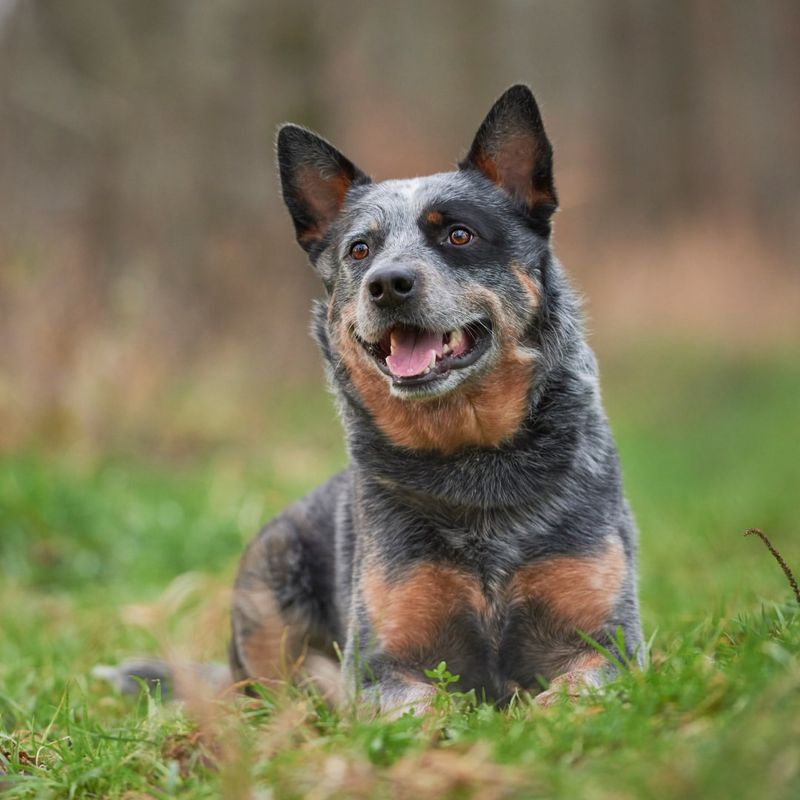
Intelligence is a hallmark of the Blue Heeler breed. These dogs are sharp-minded and eager to learn, making them highly trainable. Their cleverness, however, comes with a caveat: they require mental stimulation to prevent boredom, which can lead to mischievous behavior.
Training sessions with a Blue Heeler should be dynamic and engaging. Using positive reinforcement and variety in commands keeps their interest piqued. Their capacity to learn complex tasks quickly makes them stars in agility and obedience competitions.
Owners often find that a strong bond forms during training, as the dog’s loyalty shines through. However, it’s crucial to start training early and consistently. With their intelligence comes a bit of stubbornness, so patience and perseverance are key. This mental agility and eagerness to please make the Blue Heeler a joy to train.
4. Energetic Nature
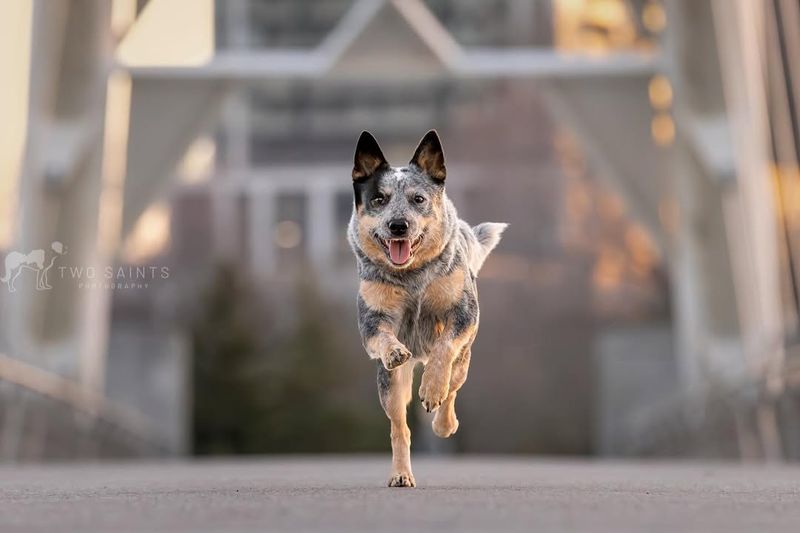
Buckle up for a whirlwind of energy when you welcome a Blue Heeler into your life. These dogs are not couch potatoes; they’re more like the marathon runners of the canine world. A daily walk won’t cut it – they thrive on vigorous exercise and need plenty of it to stay happy.
Activities like running, hiking, and even agility sports are where they shine. Their boundless energy can be a challenge for owners who aren’t prepared for their athletic demands. But for active individuals or families, they make the perfect adventure companions.
Their zest for life is matched by their love for work. Blue Heelers excel when they have a job to do, whether it’s herding livestock or playing fetch. Their energy is infectious, and their lively spirit can turn any day into a fun-filled adventure. Just be ready to keep up!
5. Loyalty And Bonding
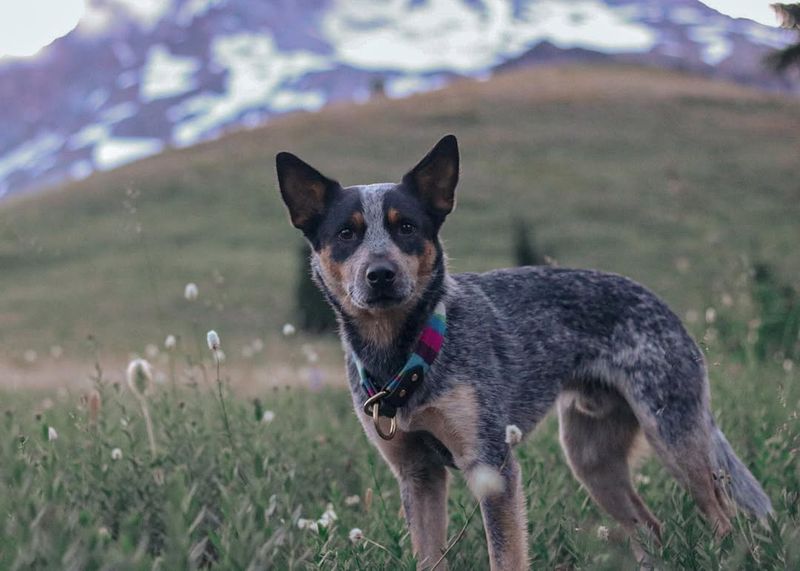
Loyalty runs deep in the veins of a Blue Heeler. Known for their unwavering devotion, these dogs form incredibly strong bonds with their owners, often attaching themselves to one person in the household. This loyalty is not just a trait; it’s a defining characteristic.
Their natural instincts make them protective of their family, always keeping a watchful eye on the surroundings. This protective nature makes them excellent watchdogs, alerting their owners to any unusual activity.
Building a relationship with a Blue Heeler requires time and mutual respect. Once trust is established, you’ll find a companion who is not only loyal but also affectionate. Their loyalty is a two-way street, and they thrive in environments where they feel loved and secure. The connection between a Blue Heeler and its owner is a bond that stands the test of time.
6. Unique Coat Colors
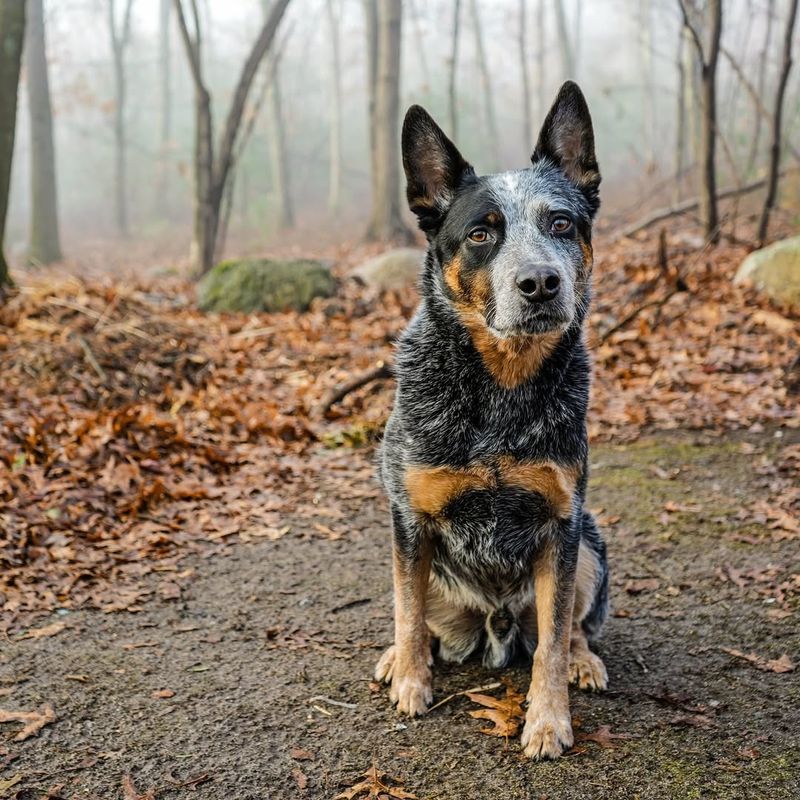
The Blue Heeler’s coat is a tapestry of colors and patterns, offering more than just visual appeal. While the classic blue-mottled appearance is most recognized, they can also sport red speckles or a mix of both, each dog uniquely different from the next.
Their coats are not a one-size-fits-all affair; they can range from predominantly blue or red to a more even blend of both. This diversity in coloring is due to their mixed breed heritage, combining traits from the Dingo and herding breeds.
Beyond aesthetics, the coat serves a practical purpose. It’s dense and water-resistant, providing protection against the elements. Grooming is relatively low-maintenance, with regular brushing to manage shedding. This diverse palette of colors makes each Blue Heeler a work of art, buzzing with personality and charm.
7. Herding Instincts
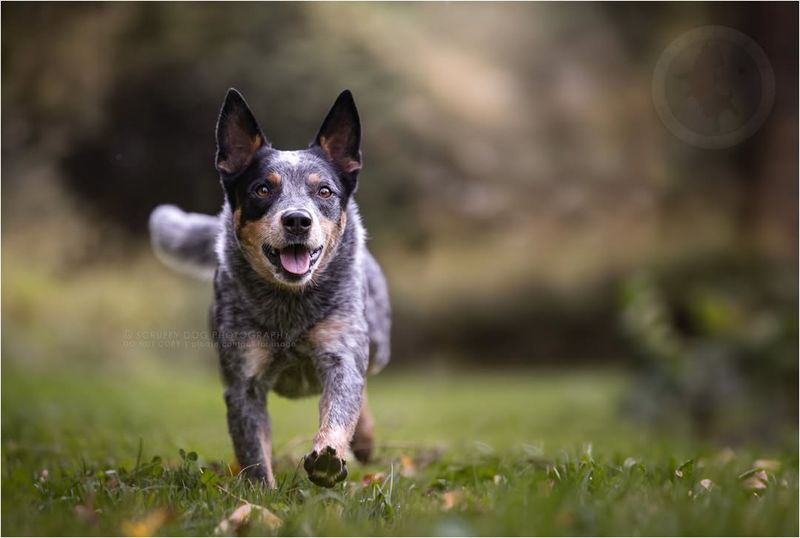
The herding instinct in a Blue Heeler is as natural as the sun rising in the east. Bred specifically for managing livestock, these dogs possess a keen sense of control and direction, making them exceptional herders. Their sharp eyes and quick reflexes enable them to guide and manage cattle with precision.
It’s not just about nipping at heels; they employ intelligent strategies to move herds efficiently. Owners often marvel at their ability to anticipate the movements of cattle, adjusting their approach as needed.
For those not living on a farm, these instincts can manifest in playful behavior, like herding children or other pets. Channeling this instinct through structured activities can be beneficial. Whether in a herding trial or a fun game of fetch, their natural talents shine when given the opportunity to do what they love most: herding.
8. Health And Lifespan
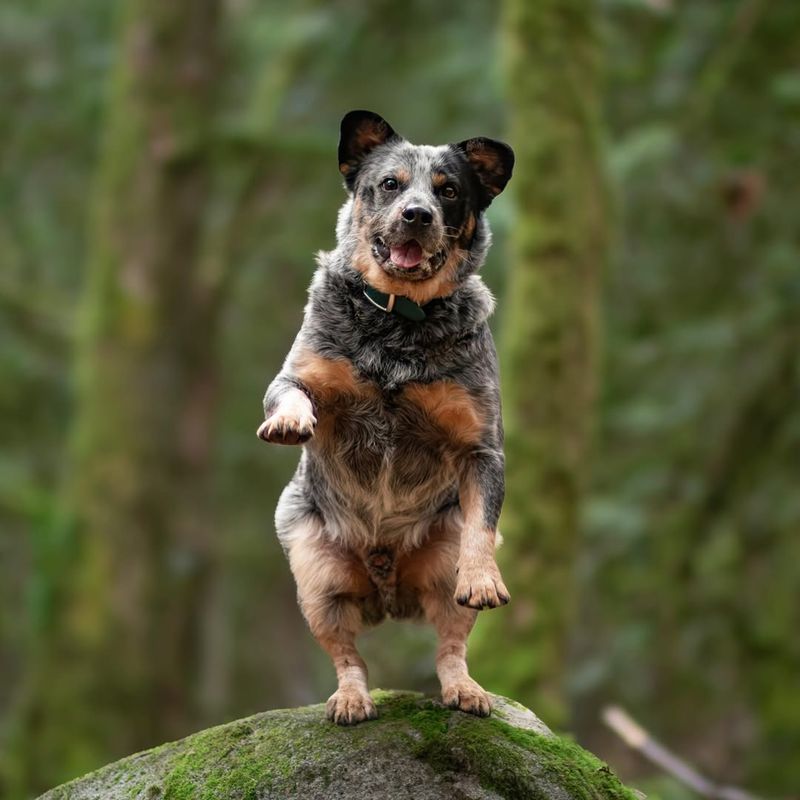
Live long and prosper could well be the motto for Blue Heelers. These dogs typically enjoy a robust lifespan, often reaching 12 to 15 years or more, provided they receive proper care and attention.
Their hardy constitution is a remnant of their rugged working history, but it doesn’t mean they are free from health issues. Common concerns include hip dysplasia and progressive blindness, so regular veterinary check-ups are crucial.
Maintaining their health requires a balanced diet and regular exercise, which also helps manage their energetic nature. Owners should be mindful of their dog’s weight and joint health, especially as they age. With the right care, Blue Heelers can lead long, healthy, and active lives, providing companionship and joy for many years.
9. Socialization Needs
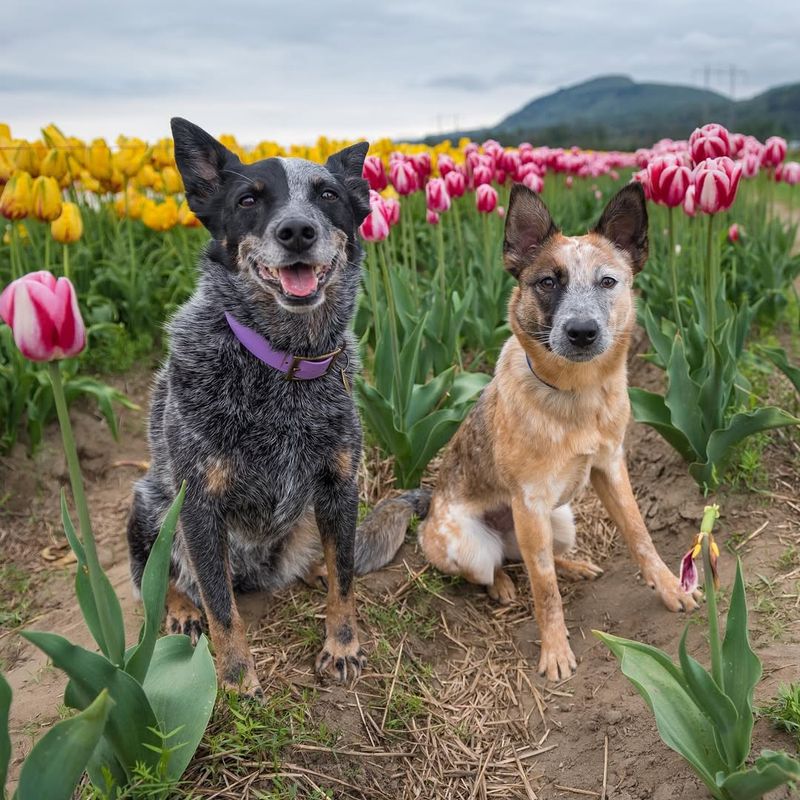
While Blue Heelers are loyal to their families, they can be a bit reserved around strangers. Early socialization is key to ensuring they grow into well-rounded adults. Introducing them to a variety of people, places, and situations helps them develop confidence and ease in new environments.
Socialization isn’t just about people; it’s also about other animals. Blue Heelers can sometimes be bossy with other dogs, thanks to their herding instincts. Supervised playdates and positive interactions with other dogs can help mitigate these tendencies.
Owners should take advantage of puppy classes and social gatherings to enhance their dog’s social skills. A well-socialized Blue Heeler is not only a delightful companion but also a confident and adaptable family member. It’s never too early to start, as the groundwork laid during puppyhood sets the tone for their future interactions.
10. Dietary Requirements

Fueling the active lifestyle of a Blue Heeler requires a nutritious and balanced diet. These energetic dogs have specific dietary needs that support their high activity levels and overall health.
A diet rich in high-quality protein is essential to maintain their muscular build and energy. Incorporating fresh fruits, vegetables, and lean meats can enhance their meals, providing vital nutrients and variety.
Portion control is important to prevent obesity, a common issue in energetic breeds when their food intake isn’t matched by physical activity. Owners should consult with veterinarians to tailor a diet plan that suits their dog’s age, size, and activity level. By meeting their dietary needs, you ensure your Blue Heeler is ready to tackle the day with gusto, keeping them healthy and happy for years to come.
11. Playful Personality
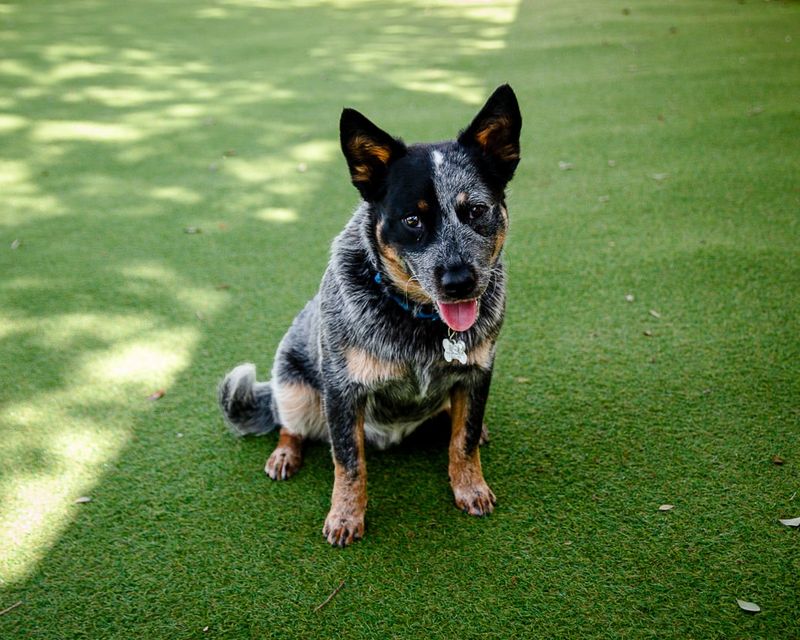
Underneath their hardworking exterior, Blue Heelers have a playful side that’s impossible to resist. Whether it’s chasing a frisbee or playing fetch, these dogs love to have fun almost as much as they love to work.
Their playfulness is infectious and can bring a sense of joy and companionship to any household. Engaging in regular playtime is not just enjoyable for them but also helps strengthen the bond with their owners.
Despite their sometimes serious demeanor, Blue Heelers possess a mischievous streak that keeps life interesting. Owners often find themselves entertained by their dog’s clever antics and playful charm. So, whether it’s a game of tug-of-war or a romp in the park, be prepared for plenty of smiles and laughter with a Blue Heeler as your playmate.
12. Adaptability
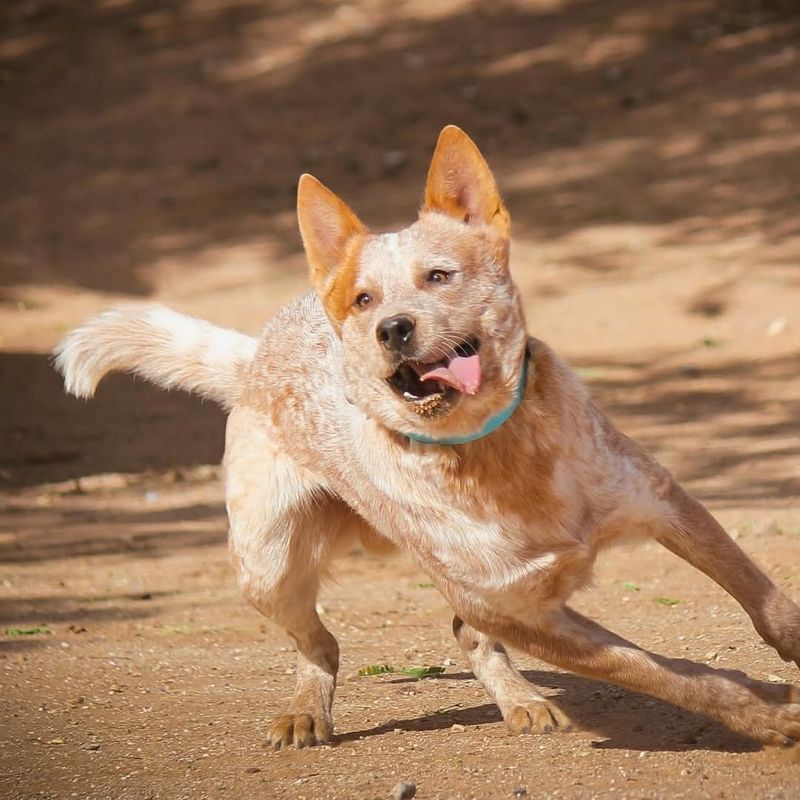
When it comes to adaptability, Blue Heelers are surprisingly versatile. While they thrive in rural settings with plenty of space to roam, they can also adapt to urban living, provided their exercise needs are met.
City dwellers need not despair; with regular walks and trips to the dog park, Blue Heelers can enjoy the hustle and bustle of city life. Their intelligence and eagerness to learn make them capable of adjusting to new routines and environments.
The key to their adaptability lies in meeting their physical and mental needs. A bored Blue Heeler can become destructive, so engaging activities and social interactions are essential. With the right care and attention, these dogs can transition smoothly from the open range to a cozy apartment without missing a beat.
13. Grooming And Care
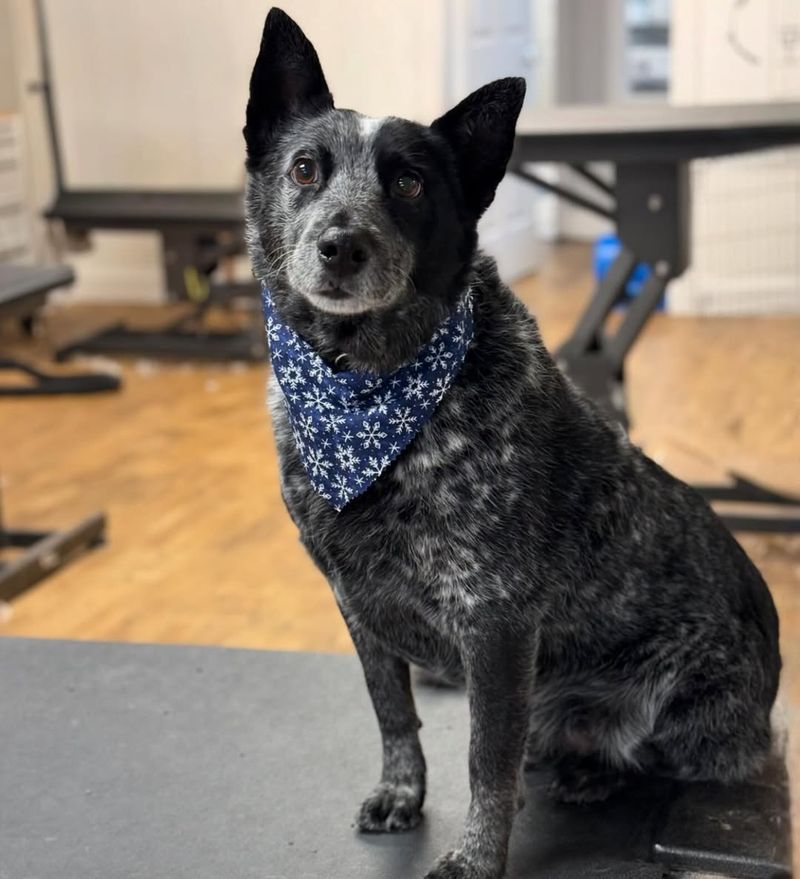
While Blue Heelers may not require high-maintenance grooming, they still benefit from regular care to keep their coats healthy and clean. Weekly brushing helps manage shedding and maintains their coat’s natural sheen.
Bathing should be done as needed, typically every few months, unless they get into something particularly dirty. Their nails should be trimmed regularly to prevent discomfort and potential health issues.
Dental care is another important aspect, with regular brushing and dental treats helping to ensure healthy teeth and gums. By incorporating these simple grooming habits into their routine, owners can keep their Blue Heelers looking and feeling their best. A little grooming goes a long way in maintaining the health and happiness of this energetic breed.

